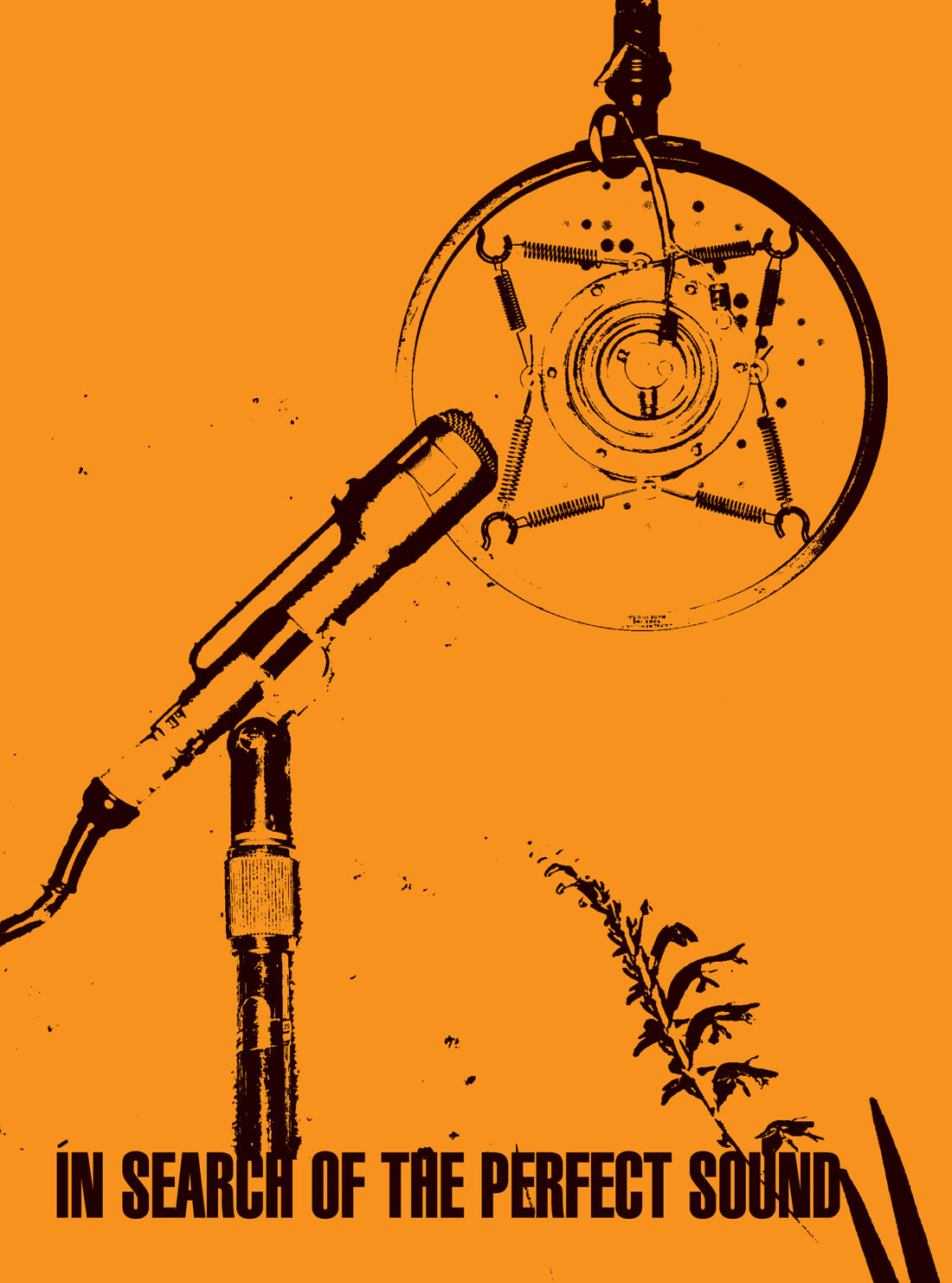When I record acoustic guitars, I use a mic. A real one. Mainly mono, but sometimes stereo — especially if it's a one-voice, one-guitar recording — but definitely a mic; no pickup transducers for me thank you. Why? Because I don't like the quack attack — the poultry-like sound emissions that emanate from acoustic pickups, especially the under-the-saddle kind. I don't want that sound on a recording track.
For live recordings, sure, it's convenient, the sound is predictable, and it's one less thing for the FOH guys to fiddle with, one less live mic on stage. Besides, the acoustic guitar sound is usually buried by every other instrument in the band anyway. If it's a singer-songwriter situation — one vocal and one guitar — I'm still going to use a transducer because the mic sound on acoustic instruments isn't always practical in the onstage environment.
But what if you could get both? What if you could get the pure mic sound along with the freedom and convenience of an acoustic pickup? That's what Ehrlund Microphones is proposing with its EAP acoustic pickup system. The system includes a triangular shaped transducer that's placed on the acoustic instrument — guitar, mandolin, standup bass, whatever — using adhesive paste and then connected to the EAP preamp. That preamp feeds from a TRS cable to a PA, acoustic amp, or recording input — and voila. You've got the best of both worlds.
I gave it a try the other night on a recommendation from a friend. He knows I'm big on recording acoustic singer-songwriters, and I know that almost all of them prefer to play and sing at the same time. Could the Ehrlund be the answer? I set up a test using my Collings C10 and played a finger-picked selection, a strummed piece, and some picked solo notes. I compared that to my L.R. Baggs Element, an amazing pickup that always gets rave reviews when I play live. Here's what I heard.
It was easier for me to get a good sound fast from the Baggs, which is no surprise since I'm familiar with it. But it definitely had the quackiness to the pick attack I like to avoid on recordings. With the Ehrlund pickup, it took me a much longer time to find a good sound. I tried it above the sound hole around the 12th fret and hated what I heard. I tried a few more positions. Some were better, some were worse. But then I put the transducer down around the lower bout, diagonal from the saddle, and got a great sound. A pure sound. A mic'ed sound. No sign of quack, not even when I strummed the guitar or picked it hard. Impressive. And as promised, when I removed the transducer from my Collings, the adhesive paste (think putty) didn't leave any marks on the guitar.
When I first heard about this pickup, I thought it would be great for live performances. It would, but I doubt it's practical for most people — perhaps a classical guitarist, or a singer-songwriter in a controlled environment. But I think this pickup would work great in a recording environment, especially for singer-songwriters who want to sing and play at the same time. I tried that myself, and while I could barely hear my voice on the guitar track, it was minimal, likely due to the construction of the pickup, which is linear as opposed to omnidirectional. In other words, the part that presses against the guitar picks up sound, but the opposite end does not.
It's pricey and quirky (did I mention the putty?), so it won't be for everyone, but singer-songwriters and recordists who want to bolster the sound in a low-profile way will like this innovative device. The preamp features 1/4'' I/O, volume control, and a polarity switch to help eliminate feedback. A high-to-low switch adjusts the input signal, as the low level is recommended for acoustic bass. The preamp is powered by an included 9V battery.




_disp_horizontal_bw.jpg)